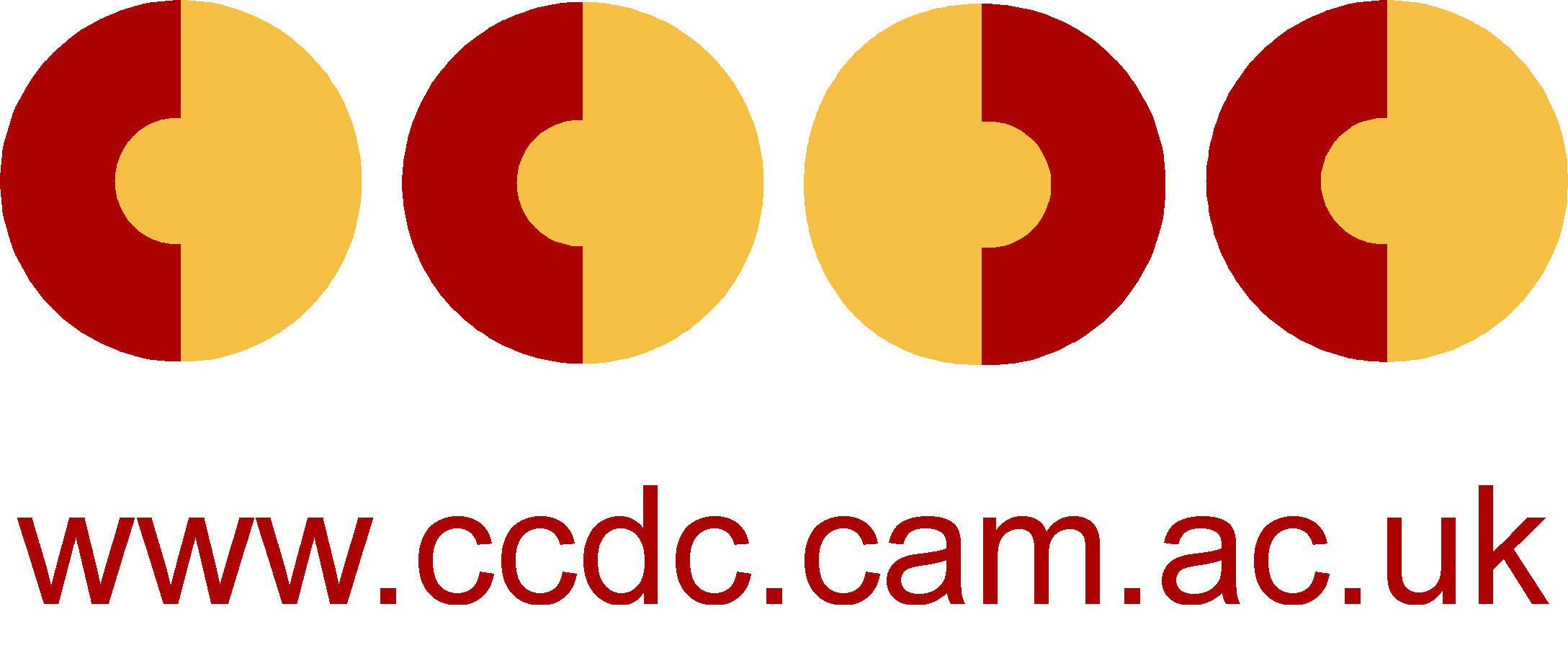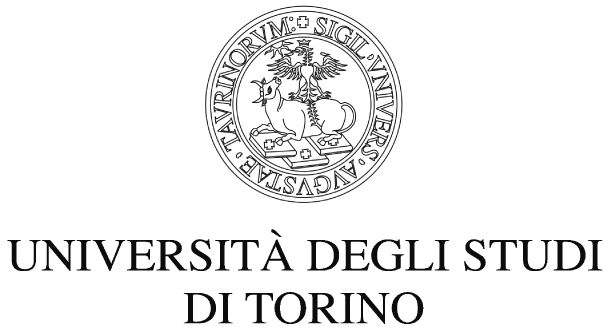 |
October 15, 2014, 14:30 – 16:15 Modelling Interactomes: From Genotype to Phenotype Ram Samudrala, University of Washington, Seattle, USA |
|
Ram Samudrala is a professor of computational biology and bioinformatics at the University of Washington. He researches protein and proteome structure, function, interaction, design, and evolution spanning atomic to organismal levels of description. He published more than 110 works in journals such as Science, Nature, and PNAS. He is author of free software and web servers for molecular and systems modelling. He received various awards: Searle Scholar Award (2002), world’s top young innovators (TR100) by MIT Technology Review (2003), NSF CAREER Award (2005), Alberta Heritage Foundation for Medical Research Visiting Scientist Award (2008). In 2010, he received the NIH Director’s Pioner Award for his Computational Analysis of Novel Drug Opportunities (CANDO) drug discovery pipeline. A fundamental biological challenge is to understand how the information encoded by the metagenome of an organism is processed to produce the resulting behaviors and phenotypes. Simply: genes, made up of DNA, are transcribed into RNA, and translated into proteins which together form the vast majority of functional elements in an organism. Evolutionary processes ensure that these functional elements interact with their environment in a manner that is beneficial to the organism, using a variety of organic (mostly) and inorganic molecules to catalyse reactions, recognise cellular signals, build cellular structures and pathways, and to perform a host of other diverse biological functions. Our research elucidates these processes by developing computational algorithms to model, annotate, and understand the relationships among and between the sequences, structures, functions, and interactions of proteins, DNA, RNA, and metabolites, from atoms and molecules to systems and proteomes, in the context of their environments. The goal is to develop a coherent picture of the mechanistic basis (interconnectedness) of molecular and organismal structure, function, networks, and evolution within a fundamental scientific framework. The big picture summed up in one sentence for us model interactomics at an atomic level by algorithmic approaches as well as by inferring homology (as we have done for the rice proteome and are actively doing for the proteomes from 1000 plants), a subset of which is the CANDO compound-proteome 3D interaction matrix, two applications of which are drug discovery and nanotechnology. The tutorial will present an overview with examples on how these different modelling approaches are accomplished from a technical perspective in the following focus areas, with emphasis on protein structure prediction methods: Structure: Predict atomic level three dimensional structures of biologically important molecules (such as proteins, DNA, RNA, and small molecules with emphasis on proteins) given their linear chemical structure (sequence). Function: Predict function using the resulting models with the aid of existing experimental information. Interaction: Predict interactions between and among these molecules, including biological substrates and inhibitors. Systems: Predict the behaviour of pathways, systems, and whole cells by integrating the structure, function, and interaction information with the expression (copy number) of these molecules. Evolution: Study the evolution of these biological molecules to ask and answer questions on the origin of, and the conditions necessary to nurture, life. Design: Design novel biological entities not observed in nature using our predictive methodologies and verify the designed constructs at the bench. Application: Apply the methodologies developed to study specific biological problems of interest in the areas of medicine and nanotechnology. Infrastructure: Develop an infrastructure to publish the integrated information so that it is useful for biologists to pose and answer precise scientific questions about molecular, systems and organismal biology. |
|













